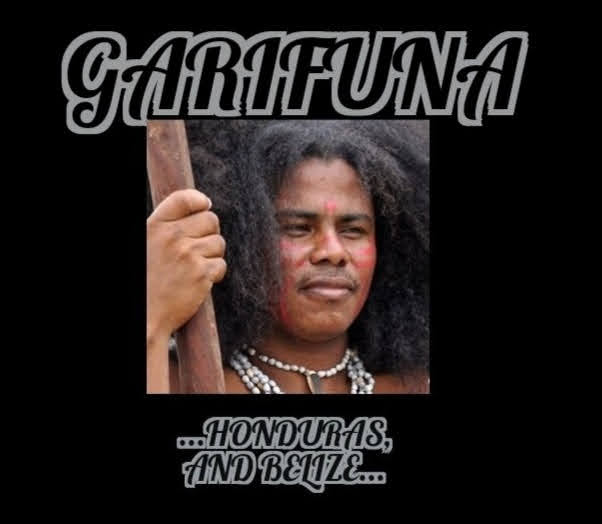Joseph the Garifunas……
The Garifuna people (/ˌɡɑːriːˈfuːnə/ GAR-ee-FOO-nə[3][4] or Spanish pronunciation: [ɡa’ɾifuna]; pl. Garínagu[5] in Garifuna)[a] are a mixed African and indigenous people who originally lived on the Caribbean island of Saint Vincent and speak Garifuna, an Arawakan language, and Vincentian Creole.
The Garifuna are the descendants of indigenous Arawak, Kalinago (Island Carib), and Afro-Caribbean people. The founding population of the Central American diaspora, estimated at 2,500 to 5,000 persons, were transplanted to the Central American coast from the Commonwealth Caribbean island of Saint Vincent,[7] which was known to the Garifuna as Yurumein,[8] in the Windward Islands in the British West Indies in the Lesser Antilles. Garifuna communities still live in Saint Vincent and the Grenadines and abroad, including Garifuna Americans.
William Young’s reportEdit
After the arrival of the English to St. Vincent in 1667, English Army officer John Scott wrote a report on the island for the English crown, noting that St. Vincent was populated by Caribs and a small number of Blacks from two Spanish slave ships which had wrecked on its shores. Later, in 1795, the British governor of St. Vincent, William Young, noted in another report, addressed to the British Crown, that the island was populated by Black enslaved people from two Spanish slave ships that had sunk near the island of San Vincent in 1635 (although, according to other authors such as Idiáquez, the two slave ships wrecked between 1664 and 1670).
Joseph Chatoyer, also known as Satuye (died 14 March 1795), was a Garifuna (Carib) chief who led a revolt against the British colonial government of Saint Vincent in 1795. Killed that year, he is now considered a national hero of Saint Vincent and the Grenadines, and also of Belize and Costa Rica. Vincentian politician Camillo Gonsalves described him in 2011 as his country’s “sole national hero”.[1]

